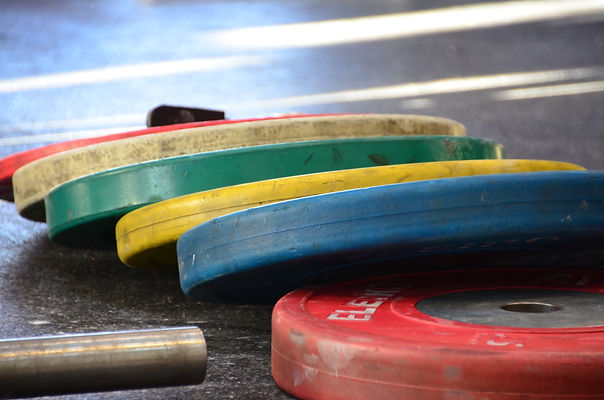Youth Training Establishing the Fundamentals
- Dave McDowell
- Oct 7, 2015
- 3 min read
“Why isn’t my son/daughter sweating?”
Ever heard this phrase?
As a physical preparation coach in the private sector that often works in youth training, I have heard this more than a few times. The fact of the matter is that the perception of training has become skewed in many people’s eyes. With cross fit commercials of people pushing themselves to the limits, magazines with bodybuilders who are bigger than life, boot camp advertisements that have drill instructors screaming at clients and every other fitness media it is easy to see why. But does being drenched in sweat mean you had an effective TRAINING session? I typically would say it depends. Training sessions should be aimed at acquiring and training the skills necessary to improve performance. Sometimes this means that we will need to work on the engine and push to the limits in order to achieve overload, other times this training sessions can be geared towards the acquisition of a new skill that should translate to better performance on the field.
Sometimes we just need to work on fundamentals!
The idea for this post arose the other day when I had the pleasure of watching some very experienced Quarterback coaches from QB CANADA teaching a group of young QBs how to perfect their throwing motion. There were parent sitting and watching these athletes learn this complicated skill at a snail’s pace. None of these athletes were sweating… but they were learning. The parents watching on loved it, thought that this was the best thing for their young quarterbacks. The thought occurred to me that when I try to break down athletic skills and movements in strength and conditioning settings to the same detail that the QB coaches broke down throwing I am often met with reservations about why the athletes aren’t “working hard”.
The fundamental skills of running, backpedaling, shuffling, crossing-over and cutting underpin almost all athletic movements done on a field or in a court. This is the same as the QB learning to throw; these skills need to be broken down into the proper progressions and steps so that the athletes can work to achieve mastery. With mastery of these skills comes an increased ability to overload and develop the physical capacities of the athletes. When introduced and developed with youth athletes during their training sessions the end results can be incredible.
The typical rule of thumb that I use when teaching new skills to athletes is to break down the movement into the smallest manageable chunks as possible. Each chunk is taught that builds on the next and over the course of a few sessions most athletes usually have a new working skill that we are than able to put load on top of. A Distinction needs to be made between the idea of training and the idea of simply working out. In my mind these are not the same thing, when I take on an athlete I will design a training program for them. I will do my best to encompass all of the skills and qualities that they need to be successful on the field, court, or ice. This may include conditioning, flexibility, power, strength, speed, skill acquisition, nutrition, or any other number of qualities. This is in contradiction to a workout; the goal of a workout is to simply stress your physical capacities to the point to elicit change. Generally workouts have little planning associated with them and are made to just be challenging.
Those interested in enhancing performance need to TRAIN not workout.

Consider athletic training as a pyramid model. At the bottom of the pyramid you will always have the base / foundation. The longer and wider we can develop the foundation the higher we can typically raise the pyramid without it falling over. Similarly it gives us a larger foundation from which to put the next levels of the pyramid on top of. The actual composition of the pyramid can change depending on the specific sport, athlete, and qualities you are aiming for however this will all be built on a large base of fundamentals.
So the next time you drop your son/daughter off for a Training just keep in mind that this will be a process. They will have high conditioning days, low conditioning days, high strength days, low strength days and every variation of every quality in between. Each of these qualities is in delicate balance to try to elicit the best possible performance gain so as to increase the potential of the athlete to be awesome.








Comments